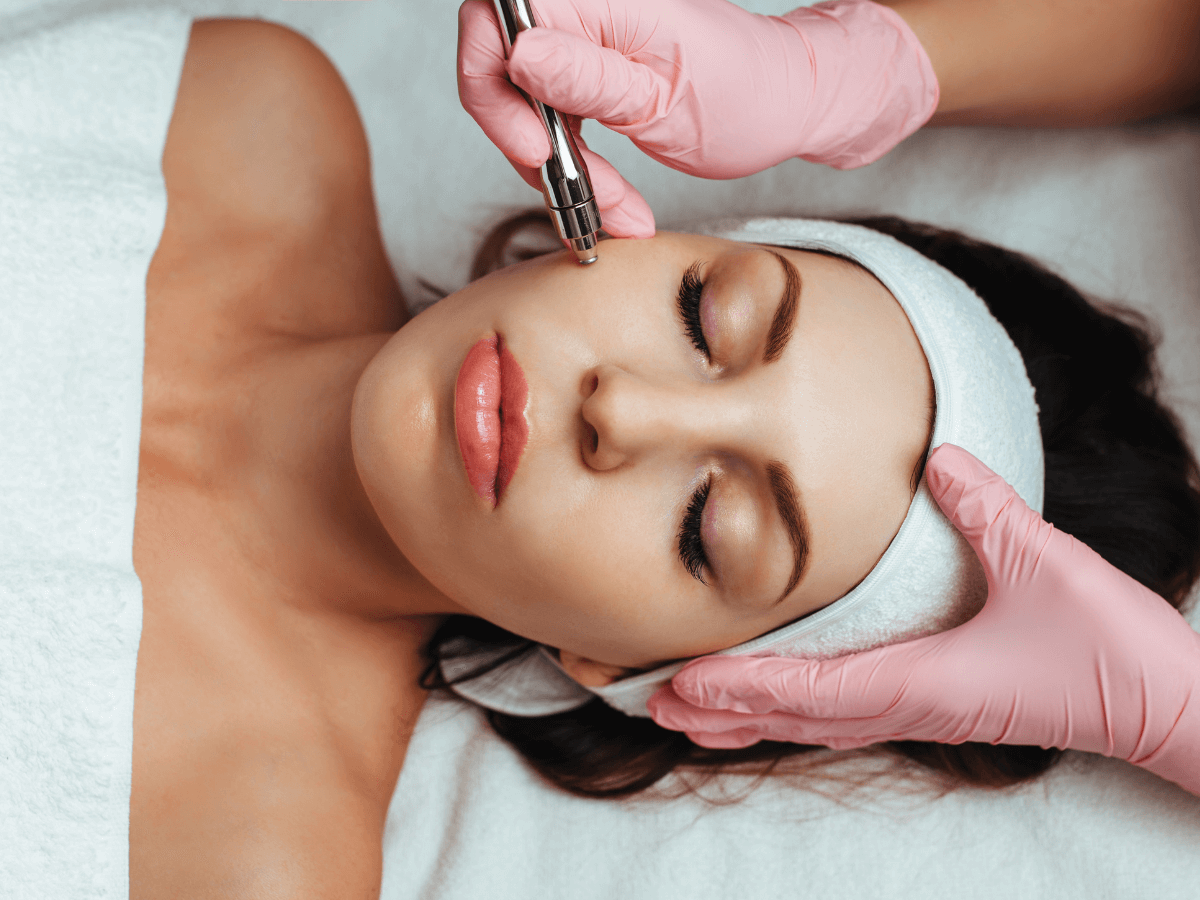When it comes to rejuvenating and smoothing your skin, the possibilities are truly endless. As women’s wellness experts can attest there are countless treatments you can incorporate into your skincare routine to enhance your natural beauty. And of course, the microdermabrasion facial happens to be one of them.
Curious about the benefits of microdermabrasion? Want to know whether it’s a good option for you? Keep scrolling, as today’s article reveals everything you need to know about this popular exfoliation treatment.
What Is Microdermabrasion?
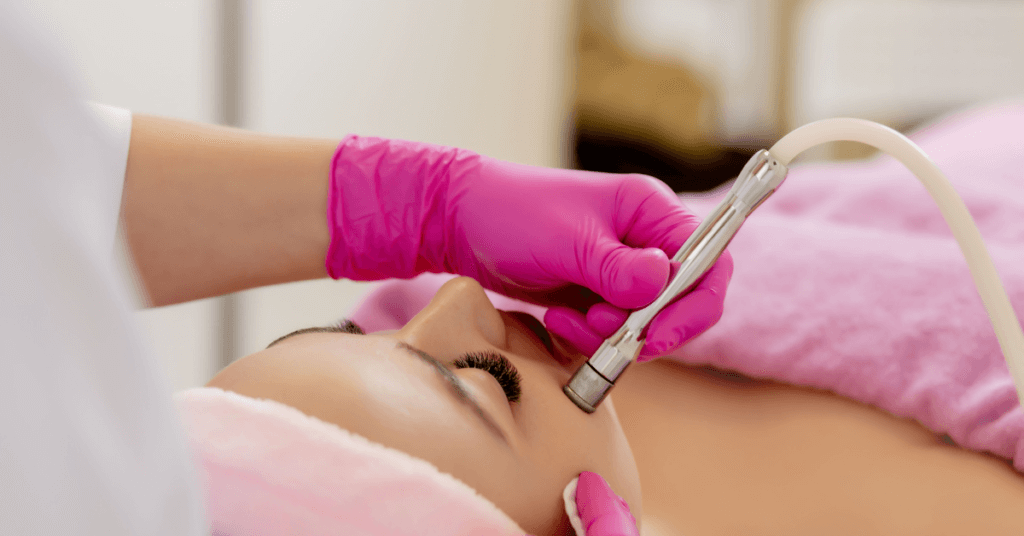
According to Debra Tanner Abell, MD, “Microdermabrasion provides the ultimate non-invasive exfoliation. It is a quick, relatively painless, 15-minute procedure with no downtime.” Essentially, the procedure involves passing a diamond-tipped wand — that can be attached to a vacuum — over the face. By exfoliating the top layer and removing any dead skin cells or oil, this cosmetic procedure retextures the skin and reveals a youthful, glowing complexion.
How Does The Procedure Work?
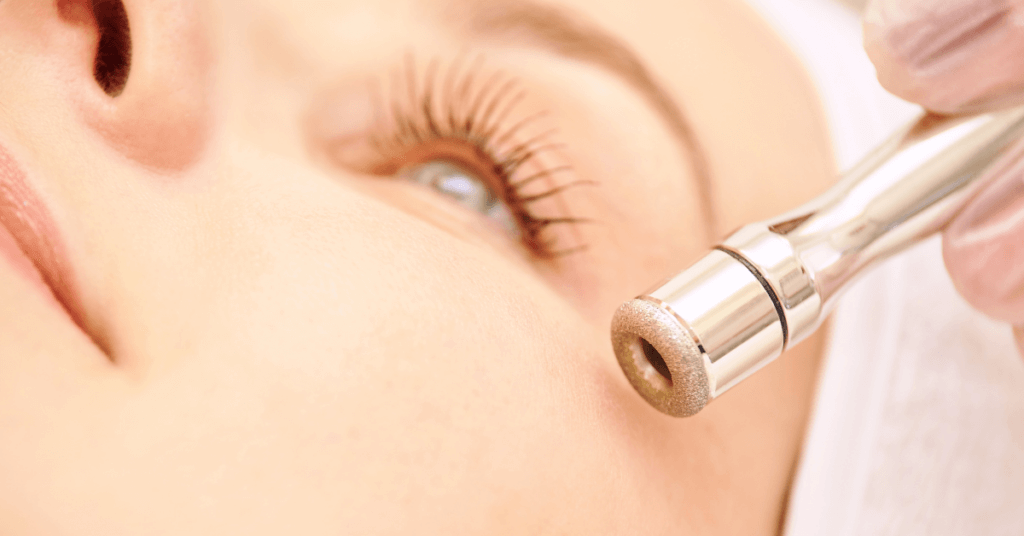
So, how does a diamond-tipped handpiece produce radiant skin, decrease pore size, and improve dark spots? After cleansing the skin, the microdermabrasion practitioner uses a hand-held device to gently remove the top layer of skin. Most microdermabrasion wands spray crystals across the face, and through gentle swipes of the handpiece, those crystals exfoliate the top layer of skin. However, another — less common — microdermabrasion treatment uses a vacuum to remove dead skin cells.
(Note that the kind of treatment you receive depends entirely on your practitioner.)
Benefits of Microdermabrasion?
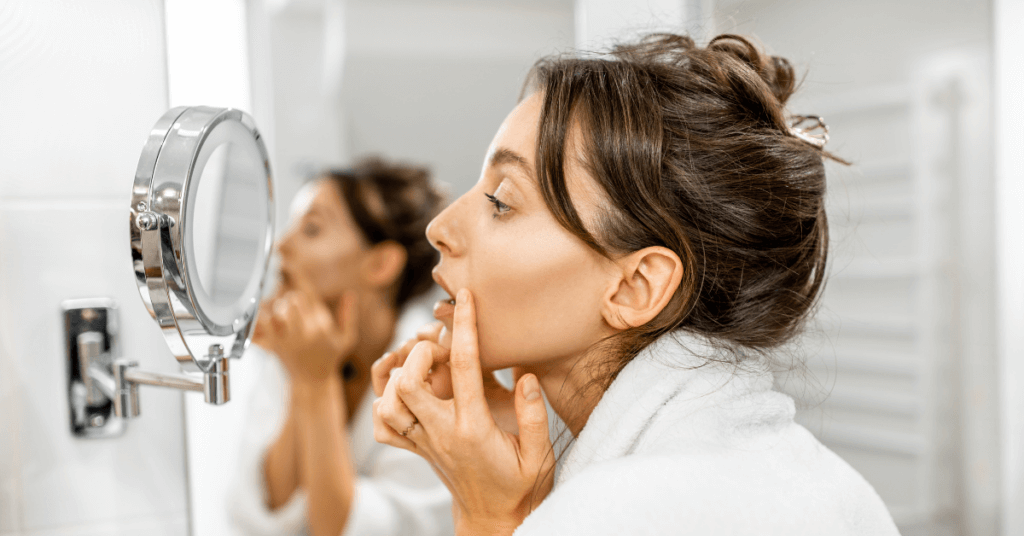
Why opt for this fancy exfoliation procedure? Well, below are the most common microdermabrasion benefits:
Improves the Texture of Skin
Because the microdermabrasion treatment removes the outer layer of dead skin cells, it reveals the smooth, new tissue underneath. If you have a series of treatments done (which is recommended), you should notice your skin tone evening out. Additionally, many patients notice a softening of fine lines and wrinkles.
Evens Skin Tone
Microdermabrasion helps some people lighten their post-inflammatory hyperpigmentation or acne scars that remain long after a pimple has healed. However, note that this procedure isn’t intended to treat deep acne scarring or keloid scars.
Reduces Pigmentation
Another one of the benefits of microdermabrasion is that it reduces pigmentation and lessens the appearance of age spots, sun damage, and other signs of aging. (Woohoo!)
Stimulates Collagen
Research shows that microdermabrasion thickens the epidermis by stimulating collagen production and speeding up cell turnover. Collagen is the protein found in our skin that makes it appear taut and smooth.
Cleans Out Pores
Microdermabrasion cleans out your pores by eliminating dead skin cells and oil. However, experts agree that the results are most powerful when this procedure is combined with alpha hydroxy acids.
Improves Mild Acne
Although this procedure isn’t recommended for people with severe or inflammatory acne, it helps reduce the formation of comedones and improves mild acne. And because it combats oiliness, microdermabrasion makes large pores appear smaller.
Aids Absorption
“In addition to the immediate benefits of the procedure, the exfoliation also allows the skin to absorb… topical medications to a deeper level,” says Abel. “Therefore [microdermabrasion] can be used in conjunction with many other therapies.”
Side Effects and Precautions
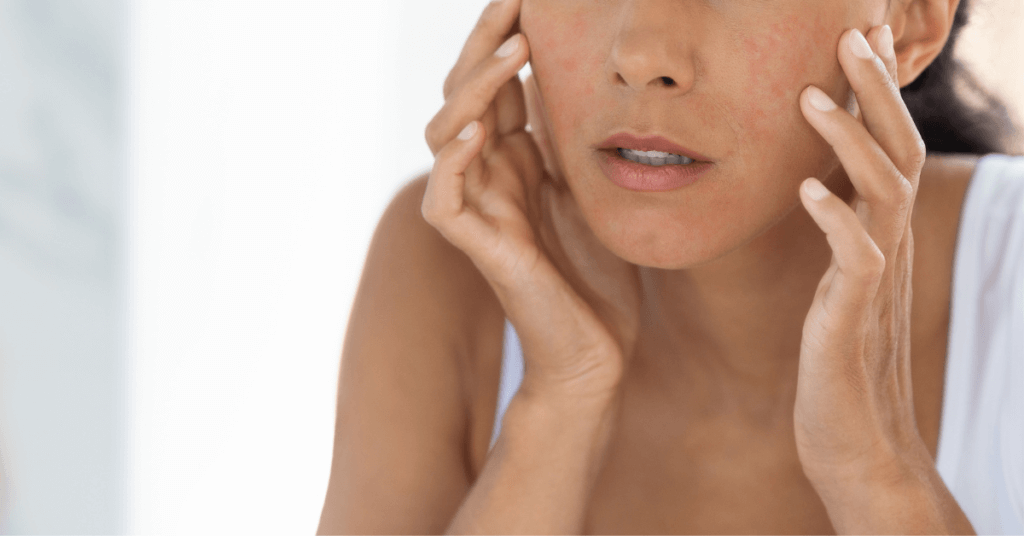
The best thing about this popular skincare procedure is that the side effects are minimal and short-lived. Depending on the sensitivity of your skin, you might experience:
- Redness
- Dry skin
- Swelling
- Sensitivity to sun exposure
Additionally, you should alert your practitioner (prior to treatment) if you have a medical condition, skin conditions, or take any prescription or over-the-counter medications. That being said, a microdermabrasion facial might not be for you if you:
- Are prone to cold sore breakouts
- Have skin that scars easily
- Are taking Accutane (isotretinoin), which is a prescription medication for acne
Microdermabrasion FAQs
Still debating whether you should incorporate microdermabrasion into your skincare treatment plan? Below are the answers to your most frequently asked questions about this procedure:
How long does microdermabrasion last?
A typical microdermabrasion treatment lasts about 30 minutes, making it one of the most convenient skincare tips for busy moms.
Who is the microdermabrasion facial for?
Abell confirms that, “This treatment is safe for all skin types.” And since it’s chemical and light-free, it’s perfectly okay for people with sensitive skin. Most dermatologists recommend this procedure to anyone struggling with age spots, uneven skin tone, sun damage, skin discoloration, stretch marks, and acne scars. However, it’s also great for shallowing fine lines, wrinkles, and clearing clogged pores.
How often should I get microdermabrasion?
How often you get microdermabrasion depends entirely on what your goals are. According to Abell, “A series of 3 treatments is recommended.” And on average, this popular skincare for moms is administered in anywhere from five to 16 treatments spaced one week apart.
How much does microdermabrasion cost?
The cost of microdermabrasion depends on your geographic location, practitioner’s experience, and the number of treatments you need. On average, patients can expect to pay anywhere between $75 and $300 per session.
What shouldn’t I do after microdermabrasion?
Because there is little-to-no recovery time, there isn’t much you have to worry about post-procedure. As a general rule of thumb, avoid using retinoids, acids, or chemical peels in conjunction with your microdermabrasion facial, as this will cause redness. Also remember to wear SPF, as this procedure makes your skin more susceptible to sun exposure.
Is microdermabrasion an anti-aging procedure?
While microdermabrasion can shallow some mild fine lines and wrinkles, it isn’t considered an anti-aging procedure. If you’re interested in minimizing the appearance of fine lines and deep wrinkles, ask your dermatologist about additional treatments that are better suited for those goals.
How long do microdermabrasion results last?
According to Abell, “Results can last 4 to 8 weeks and can be combined with other face treatments.” However, patients who protect their skin from the sun and follow the recommended care instructions retain their results for longer. And of course, getting follow-up treatments helps retain that smooth skin and radiant complexion.
Is there anything microdermabrasion can’t treat?
Although it uses a ‘magic’ wand, microdermabrasion isn’t a miracle procedure. And unfortunately, there are limitations to what it can treat. For instance, this procedure can’t treat severe or cystic acne, as it will only irritate inflamed acne spots. Similarly, it won’t improve deep acne scars or deep lines and wrinkles. If you’re looking for solutions to those skin problems, your dermatologist can likely recommend another procedure.
Your Guide to Microdermabrasion Facials
So, is the microdermabrasion facial for you? Hopefully after learning the benefits of microdermabrasion (and its limitations), you’ve found an answer to that question.
If you’re interested in gaining radiant, younger-looking skin, the microdermabrasion facial is one of our top skincare tips for busy moms. Because this non-invasive procedure is quick, painless, and requires no downtime, it easily fits into any self care regimen.
Want more beauty hacks, skincare tips for busy moms, and wellness guides? The women’s wellness experts at mooh are here for you. Browse the categories on our website, and we promise you’ll find ample resources on becoming the very best version of you.
Disclaimer: All content within this site is not intended as medical diagnosis or treatment and should not be considered a substitute for, nor does it replace, professional medical advice, diagnosis, or treatment. You are solely responsible for ensuring that any health or nutritional information obtained is accurate.

